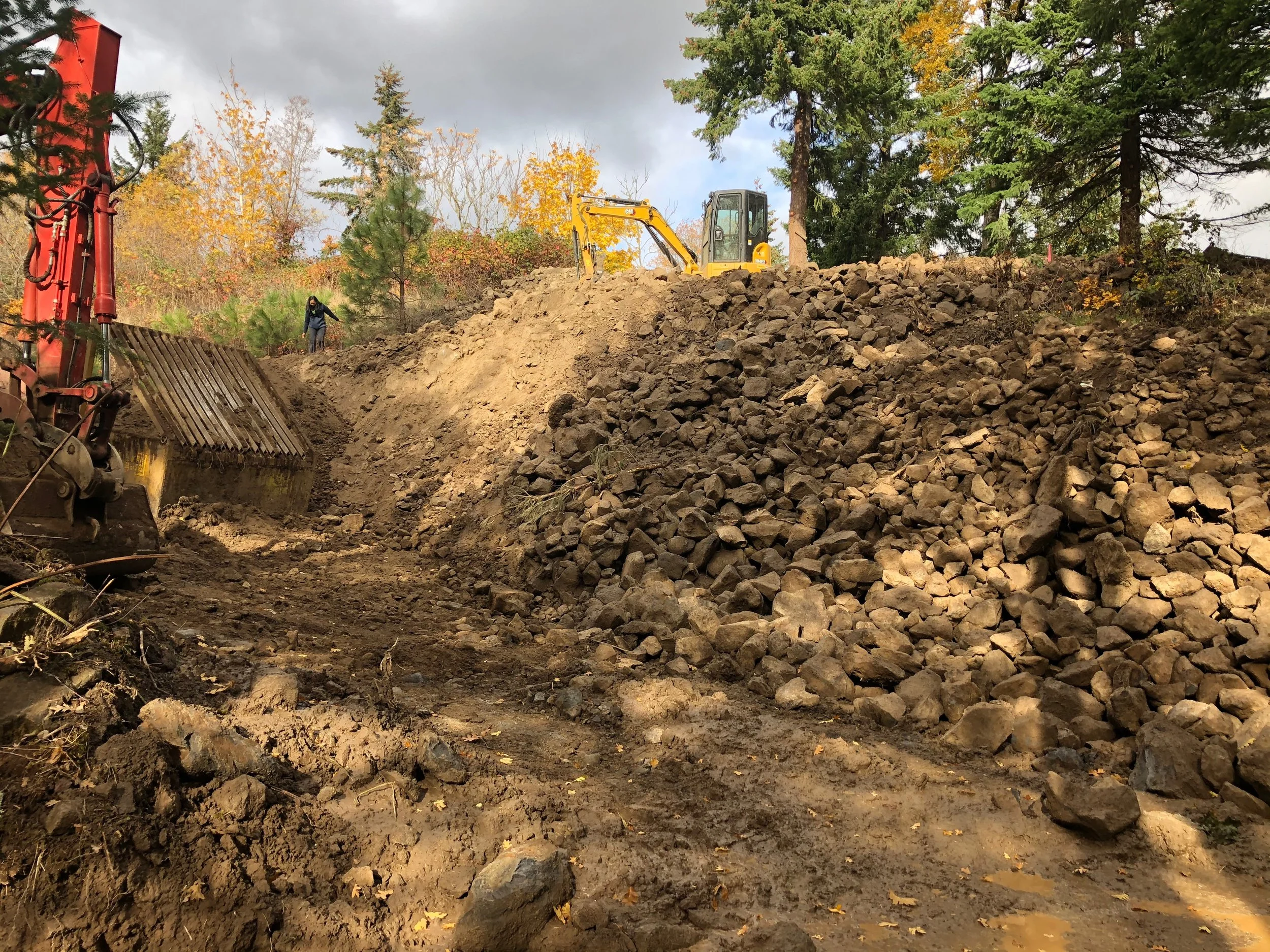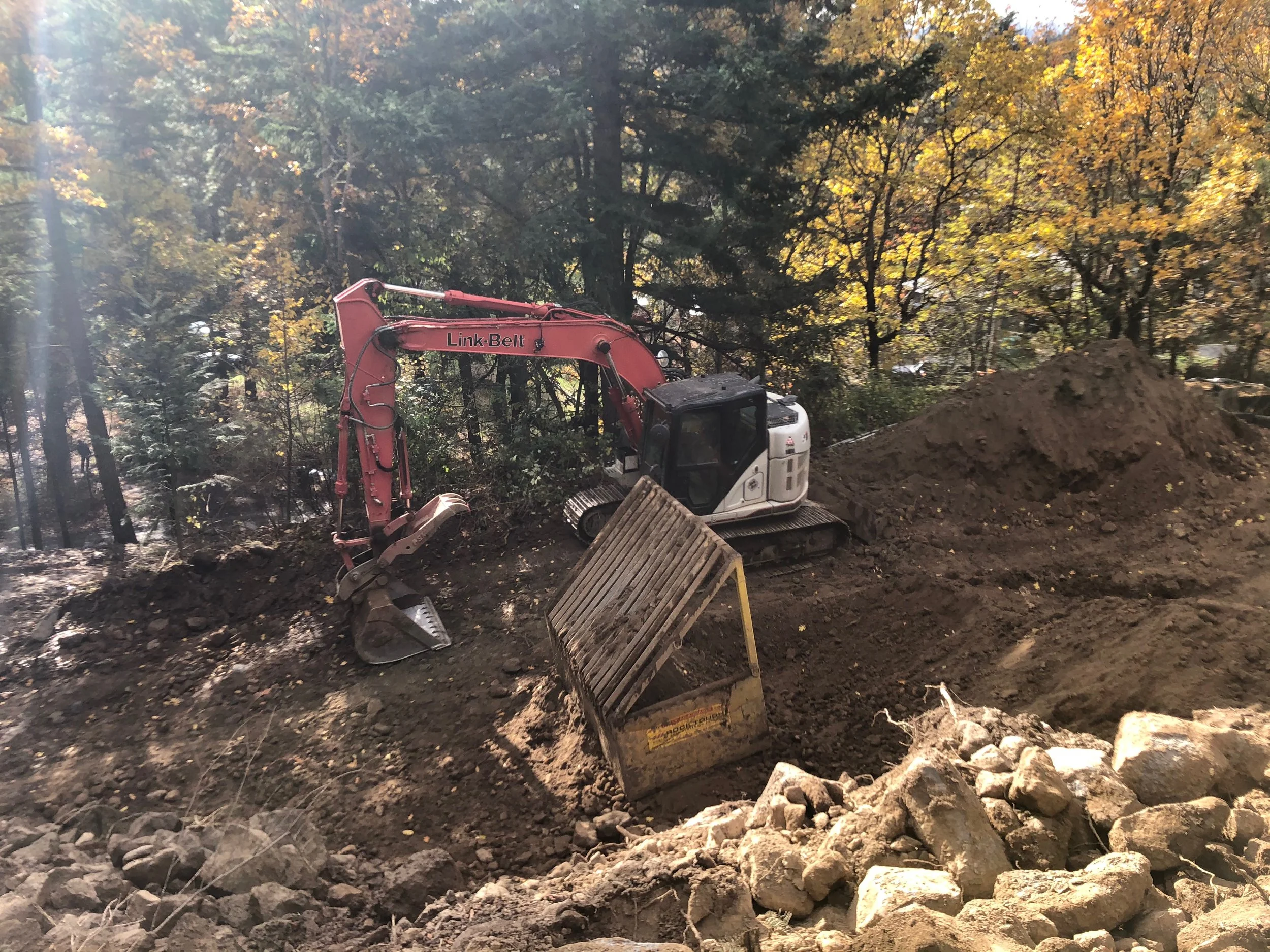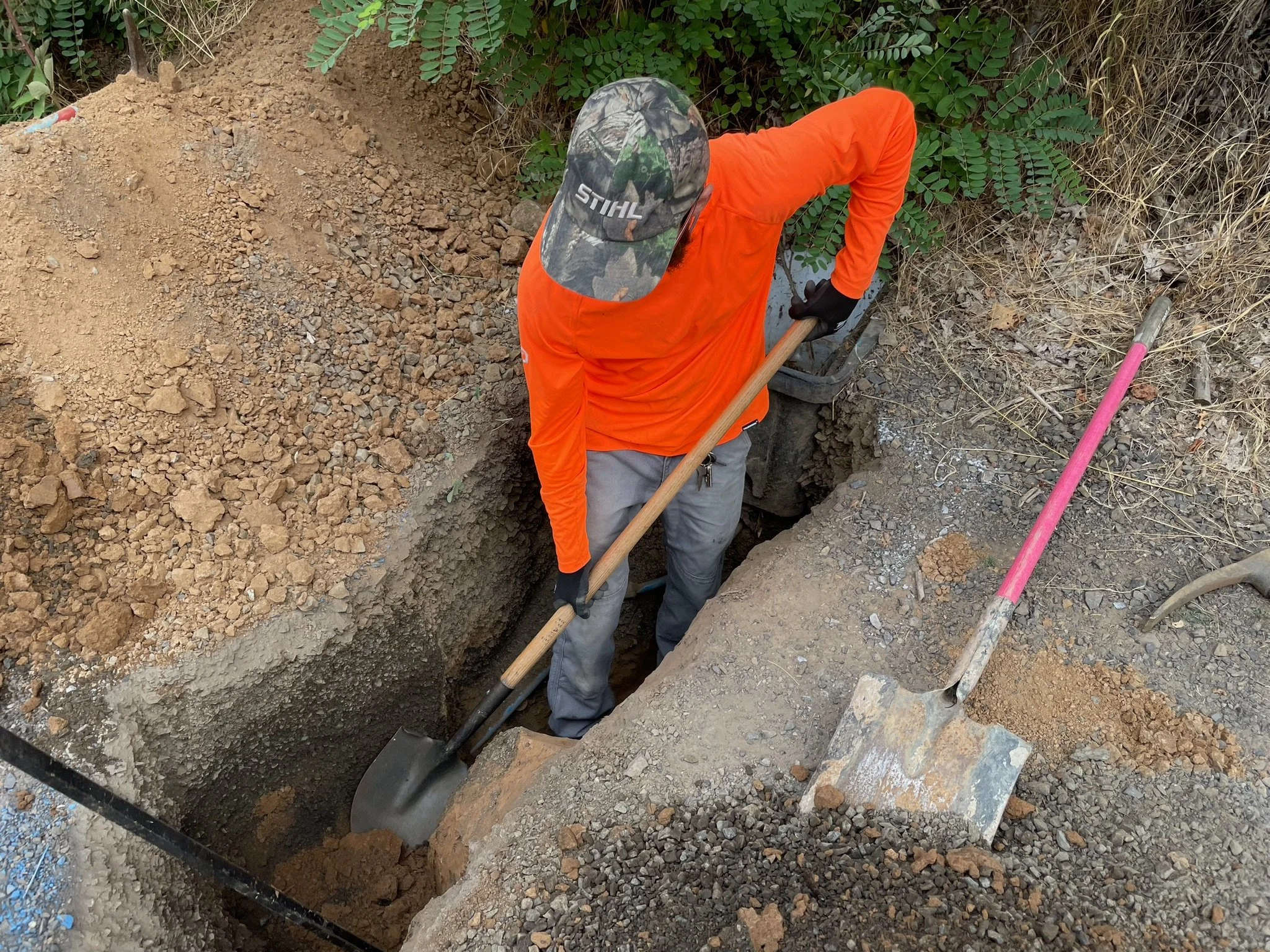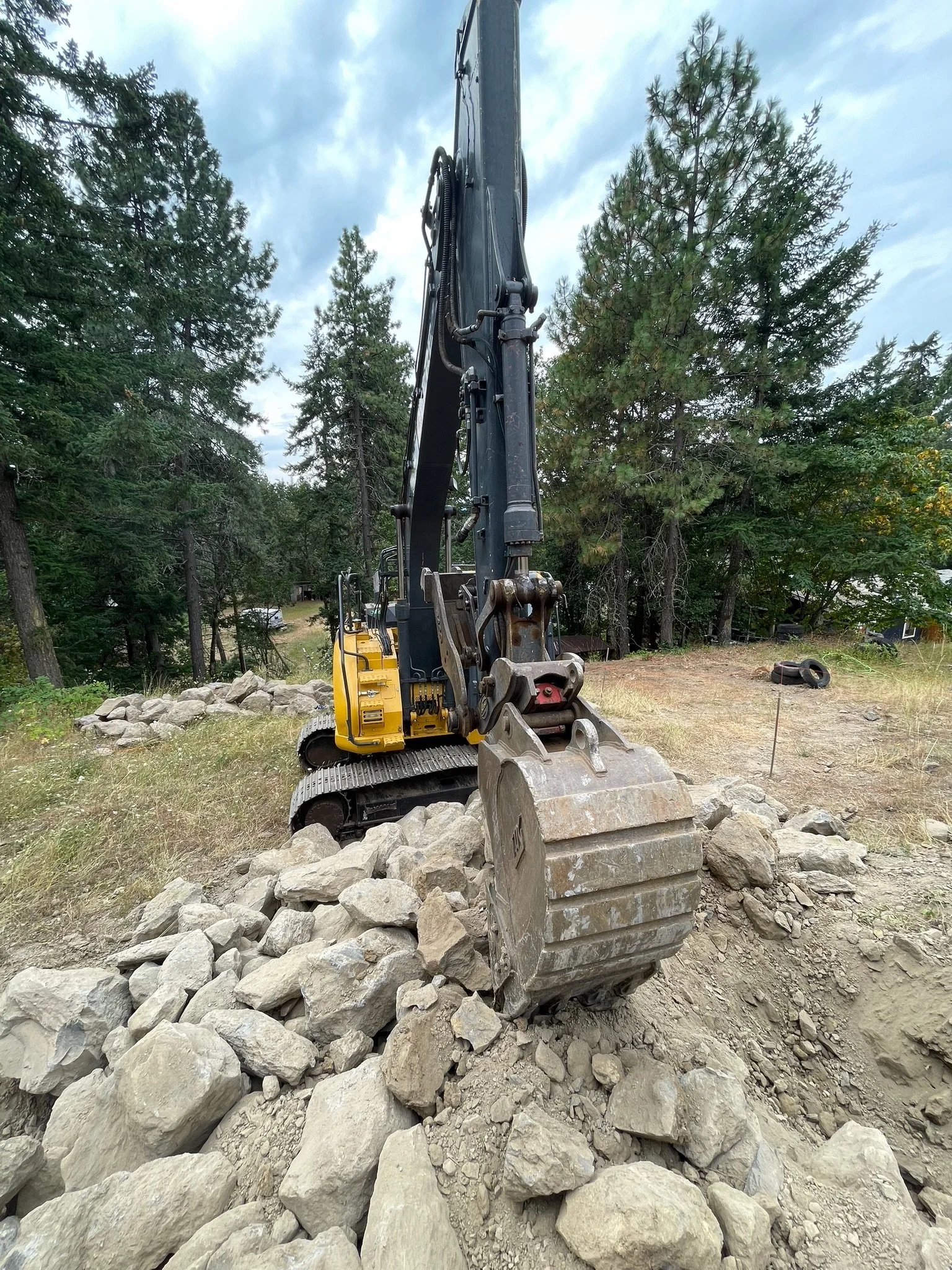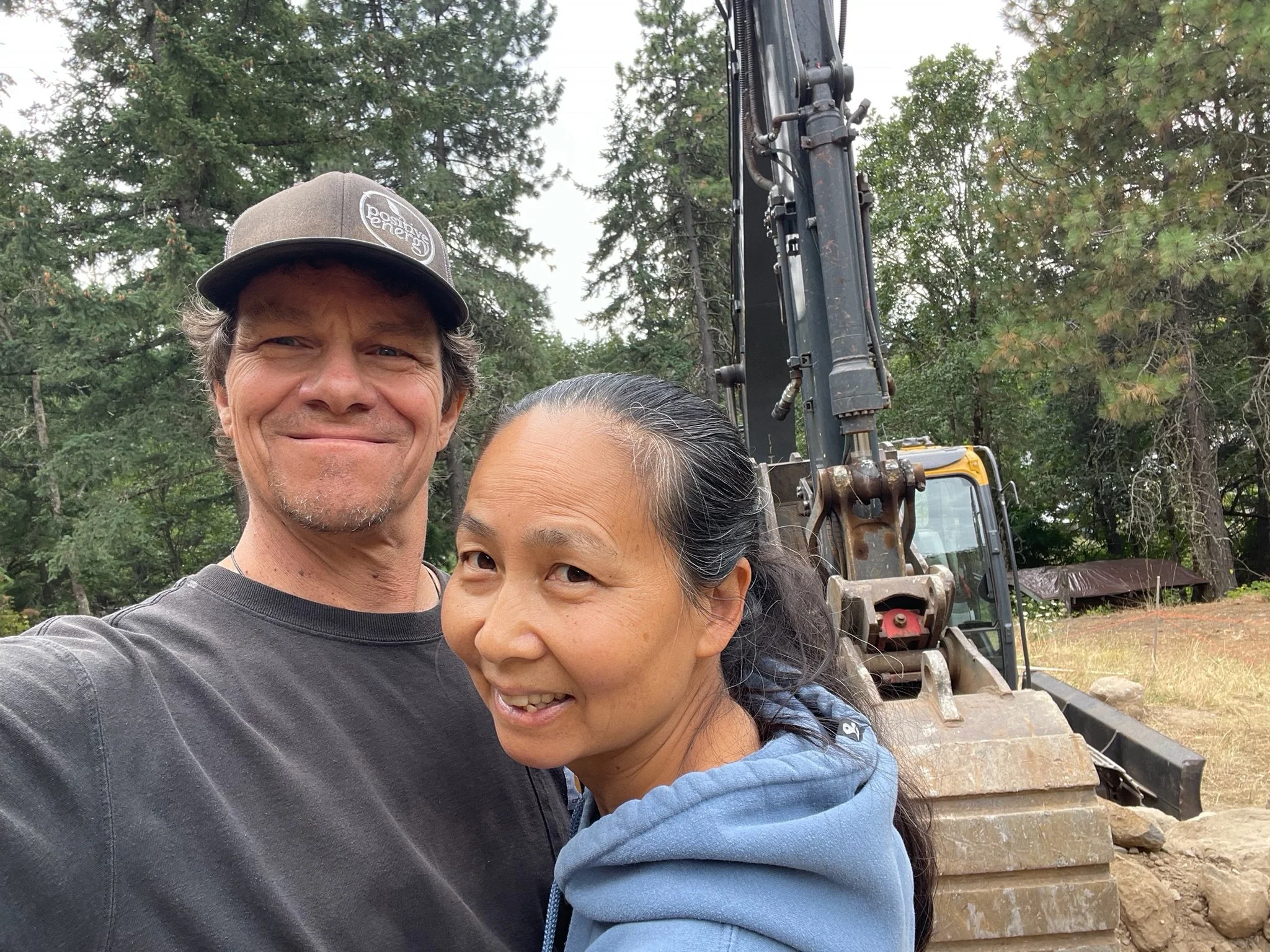Moving Heaven and Earth
The soil and geology of the area are primary drivers of how foundations are strategized. Much of the region is characterized by Tokul soils, which, while fertile, possess a restrictive layer that can impede drainage and contribute to instability on steep inclines, particularly during the wet winter months. The underlying geology is a complex mix of basalt, andesite, and sedimentary deposits, a legacy of the area's volcanic and glacial past. These conditions make the steep slopes, like our site, susceptible to landslides and erosion.
Both the city and county where we’re building have established building codes that specifically address the challenges of construction on steep terrain to protect both the natural environment and the safety of buildings and their occupants. The local codes are based on the IBC, with specific amendments for the region. Steep slopes are designated as "geologically hazardous areas," which trigger specific review and permitting processes (that are always fun to navigate, as many of you likely know). For many projects on steep slopes, the involvement of a licensed engineer and/or architect is mandatory, who will ultimately be responsible for designing a foundation system that accounts for the site-specific geotechnical findings. Permit applications must be accompanied by comprehensive site plans that detail a project's grading, drainage, and erosion control measures. These plans must incorporate the recommendations from a geotechnical report. And lastly, there are also local design requirements for seismic Zone D-1, a frost line depth of 18 inches, and significant wind loads.
So all in all, we had our work cut out for us if we wanted to cut out some earth!
We worked through it all during the design process and to see the work begin this June was an absolute delight because, for us, it meant that the montage was beginning. The imaginary land of design is behind us and now the heavy lifting begins.

